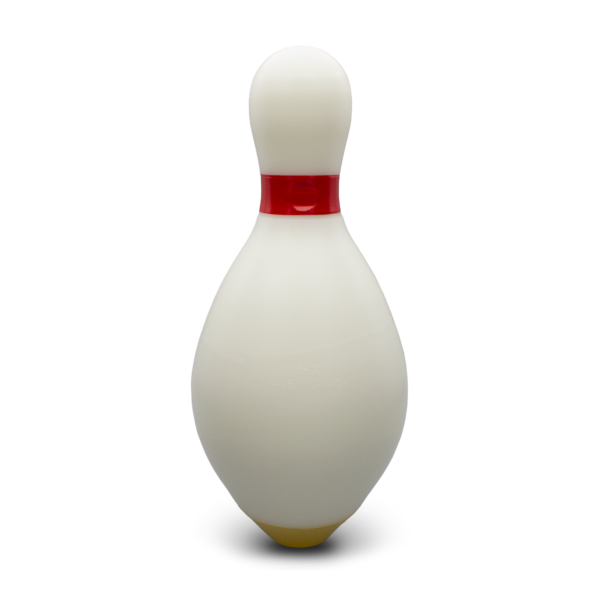Bowling is a sport that has entertained people for centuries. Among the various elements of the game, the bowling pin stands out as a significant symbol. These simple yet elegant objects are the cornerstone of the bowling experience. They represent not only the sport itself but also the joy of friendly competition. In this article, we will explore the history, design, and cultural significance of bowling pins. Additionally, we will examine their role in the social fabric of communities.
The History of Bowling Pins
Origins of Bowling
The history of bowling can be traced back to ancient civilizations. Evidence suggests that variations of the game existed in Egypt as early as 3200 B.C. Bowling pins, in different forms, have appeared in various cultures over millennia. The first instances of bowling pins were made of wood or stones, reflecting the materials available at the time.
In the 19th century, modern 10-pin bowling began to take shape in the United States. Pins were standardized in design and size, becoming the distinctive objects we recognize today. The popularity of bowling soared, leading to the establishment of leagues and tournaments. Bowling became a community activity that welcomed individuals from all walks of life.
Evolution of Pin Design
The design of bowling pins has evolved over time to enhance gameplay and player experience. Initially, bowling pins were handmade from solid wood, making them heavy and challenging to knock down. As technology advanced, manufacturers began to experiment with lightweight materials. The modern bowling pin is typically made from a combination of plastic and wood. This change allows for better durability, easier manufacturing, and improved performance.
Today, bowling pins feature a classic shape with a rounded top and a tapered base, offering stability and balance. The unique design helps bowlers achieve strikes and spares, enhancing the thrill of the game. Each pin stands 15 inches tall and weighs about 3.6 pounds, creating an ideal target for bowlers. The sleek design of the pins has become iconic in the bowling world.
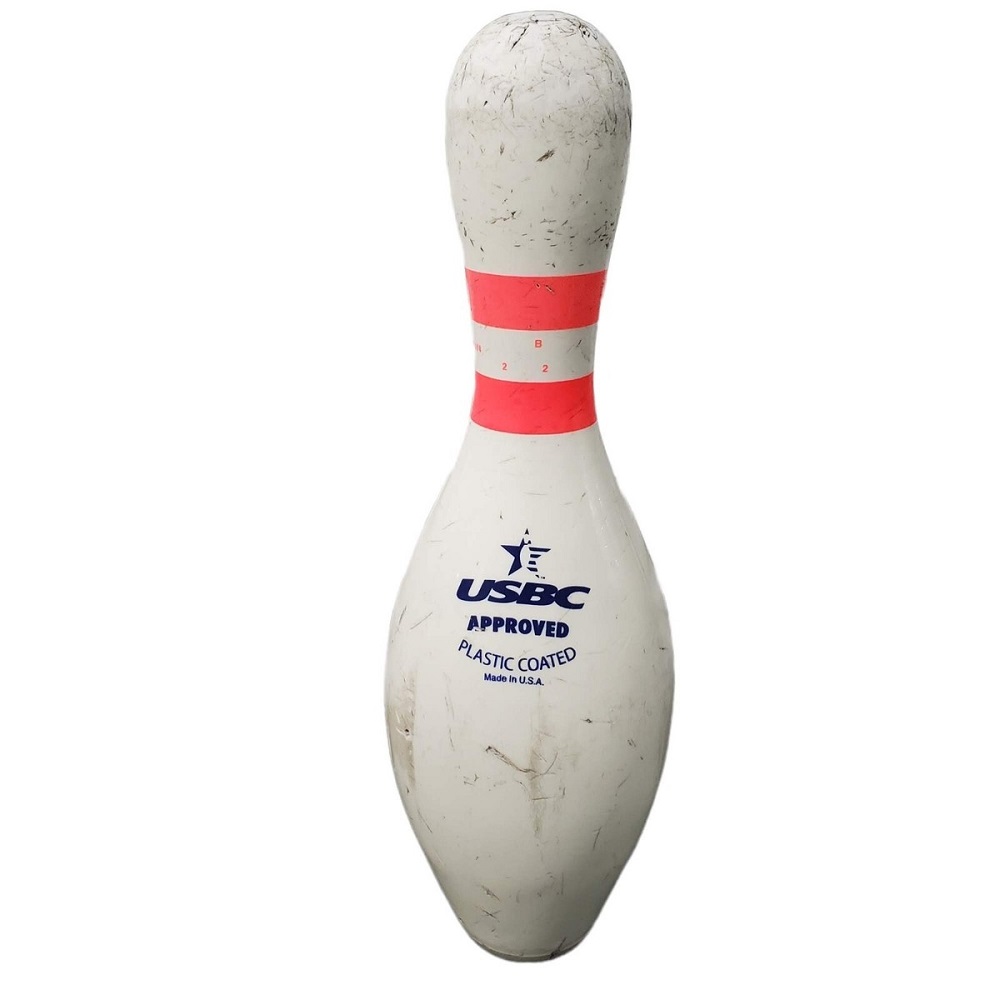
Bowling Pins as a Cultural Icon
Symbol of Friendship and Fun
Bowling pins symbolize friendship, fun, and camaraderie in social settings. Bowling alleys are often a gathering place for friends and families looking to bond over friendly competition. The act of bowling encourages laughter and celebration. Whether someone strikes or spares, the atmosphere remains lively and enjoyable.
Moreover, the sight of bowling pins being knocked down evokes excitement and cheers among players and spectators. Each game offers moments of triumph and humor, fostering a sense of community. As players cheer each other on, friendships grow, making bowling a cherished pastime.
Representation of Competition
While bowling is inherently a fun activity, it also embodies a spirit of friendly competition. Bowling leagues and tournaments are common, serving as platforms for players to showcase their skills. The goal of knocking down all ten pins is a challenge that motivates individuals to improve.
The competitive nature of bowling can be seen in local tournaments and championships. Players strive to outscore each other while maintaining a friendly environment. The unwritten rules of sportsmanship prevail, ensuring respect for opponents. Bowling pins, in this sense, become a representation of competition that is enjoyable rather than aggressive.
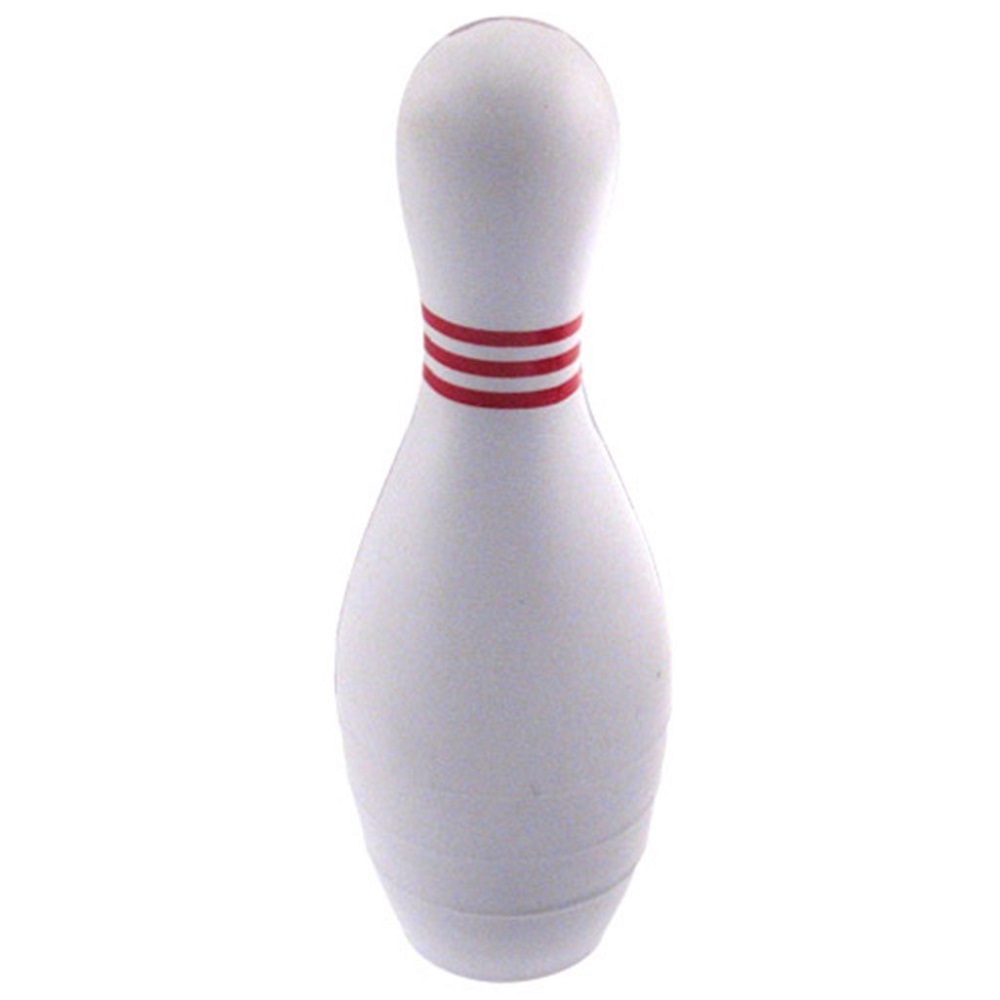
The Physics Behind Bowling
How Bowling Pins Work
Understanding the physics behind bowling pins adds another layer of appreciation to the game. When a bowling ball strikes the pins, various forces come into play. The initial impact generates a transfer of energy from the ball to the pins. This energy causes the pins to topple over in various directions.
The triangular arrangement of the pins is designed to maximize interaction between them. When one pin falls, it can hit another, creating a chain reaction. This interaction often results in exciting moments where a single ball can knock down multiple pins, illustrating the beauty of physics in action.
The Role of Pinsetter Machines
Equally fascinating is the technology behind pinsetter machines. These machines are responsible for resetting the pins after each frame. They utilize a series of levers and pulleys to ensure that the pins are positioned accurately in their designated spots. Mechanical advancements have greatly improved the efficiency and reliability of pinsetter systems.
The design of pinsetter machines varies, but they all operate on the same basic principles. After a bowler completes their turn, the machine quickly clears the fallen pins and resets the remaining ones. This process ensures continuous play and enhances the overall experience for bowlers.

Bowling in Pop Culture
Representation in Media
Bowling pins have made numerous appearances in popular culture, further solidifying their status as cultural icons. Films like “The Big Lebowski” and “Kingpin” have showcased the sport, introducing bowling pins to wider audiences. These movies highlight the humor, camaraderie, and competitive spirit associated with bowling.
Television shows often feature bowling themes in their episodes. Games can serve as a backdrop for character development or comedic moments. For example, TV shows like “Friends” have incorporated bowling adventures that demonstrate friendship and camaraderie among the characters.
Merchandise and Collectibles
The popularity of bowling pins has also led to the creation of various merchandise. From clothing to home decor, bowling-themed products celebrate this beloved sport. Collectible bowling pins with unique designs appeal to enthusiasts, who often display them in their homes or offices.
Additionally, many bowling alleys sell customized pins, allowing bowlers to create personal memories associated with the sport. These collectibles often carry sentimental value, making them cherished items for both casual and serious bowlers alike.
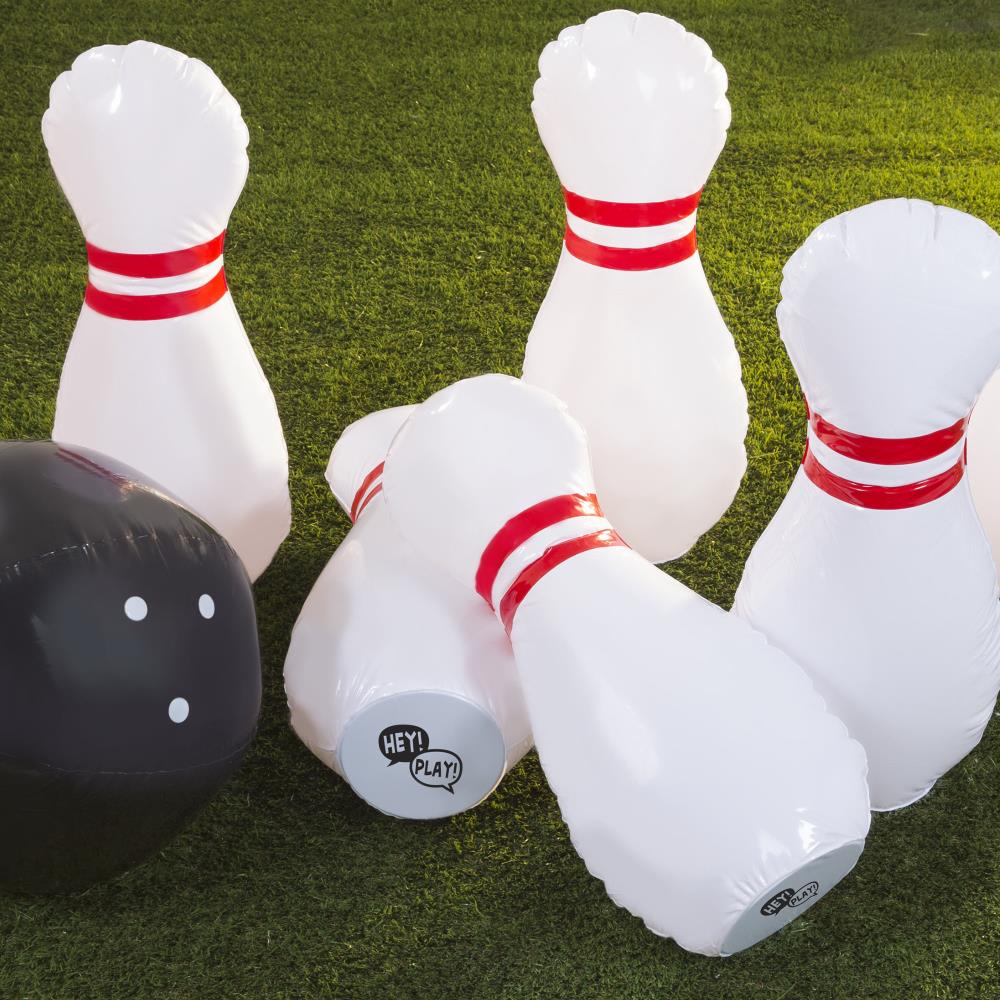
Bowling Pins in Competitions
Tournaments and Leagues
Bowling pins are central to tournaments and leagues worldwide. Organizations such as the United States Bowling Congress (USBC) host various events, from local competitions to international championships. These tournaments can attract bowlers of all skill levels, showcasing their abilities on a larger stage.
In competitive bowling, precision, technique, and practice are vital. Players spend hours perfecting their approach and delivery. The ultimate aim is to knock down all ten pins in as few rolls as possible. In this context, each pin represents an opportunity for success or failure.
Scoring Systems
The scoring system in bowling adds another layer of complexity to the game. Each pin downed contributes to a bowler’s total score, with bonuses for strikes and spares. A strike, for instance, occurs when a bowler knocks down all ten pins on the first roll. This achievement can lead to a significant score advantage and heighten the competitive spirit.
Understanding the scoring system encourages players to pursue strikes and spares while managing their expectations based on their performance. Bowling pins symbolize the ongoing quest for improvement, motivating players to refine their skills continually.
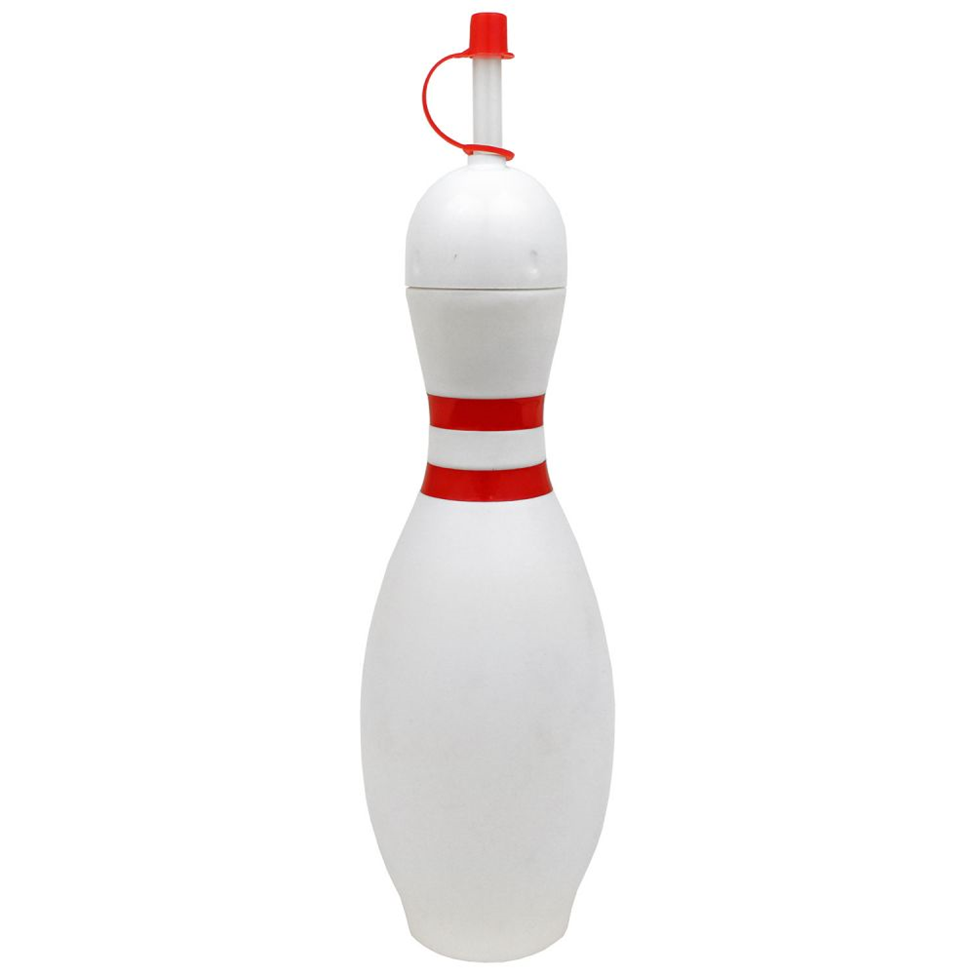
The Social Aspects of Bowling
Building Connections
Bowling is not just about knocking down pins; it’s about building connections. Many people enjoy bowling as a social activity, bringing together friends, families, and coworkers. Corporate events often include bowling outings to foster team spirit and collaboration. These gatherings can break down barriers, facilitating connections among colleagues.
Bowling leagues offer another avenue for social interaction. Regular sessions create a sense of belonging among participants, leading to lasting friendships. These leagues establish a community that shares a mutual love for the game, contributing to players’ overall experience.
Celebrating Special Occasions
Bowling is often chosen as a venue for celebrating special occasions, such as birthday parties, anniversaries, or family reunions. The casual atmosphere allows participants to relax and enjoy themselves while engaging in friendly competition. Bowling pins serve as spectators to these joyous moments, creating an enjoyable ambiance.
Bowling alleys can cater to large groups, providing packages that include food, drinks, and, of course, games. Such celebrations often lead to laughter, shared memories, and the unique thrill of friendly competition. In this way, bowling pins symbolize memorable gatherings that celebrate life’s milestones.
The Timeless Appeal of Bowling
In conclusion, bowling pins represent much more than just objects in a game. They symbolize a rich history, cultural significance, and the joy of friendly competition. Through their evolution, bowling pins have become an essential aspect of the sport, contributing to both the gameplay and the overall social experience.
The camaraderie shared among players is reinforced by the fun and excitement associated with knocking down pins. Bowling continues to thrive as a beloved pastime for people of all ages. Whether in leagues, tournaments, or casual outings, the presence of bowling pin adds to the enjoyment and essence of the game.
As bowling evolves, one thing remains constant: the timeless appeal of the bowling pin. Appearing in pop culture and social gatherings alike, they continue to inspire laughter, competition, and community spirit. The next time you step onto the lanes, take a moment to appreciate the humble bowling pin, a true symbol of fun and friendly competition.
